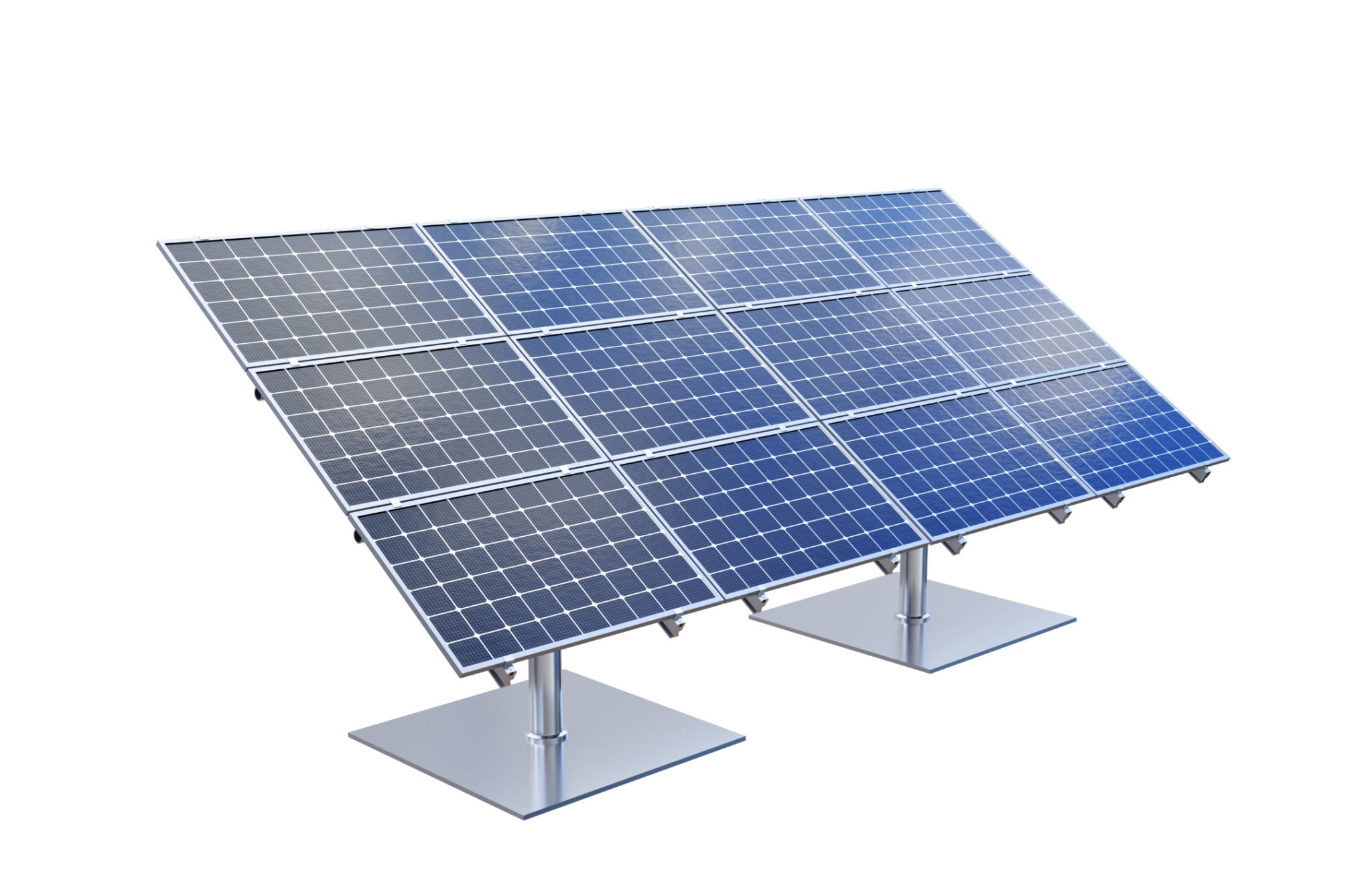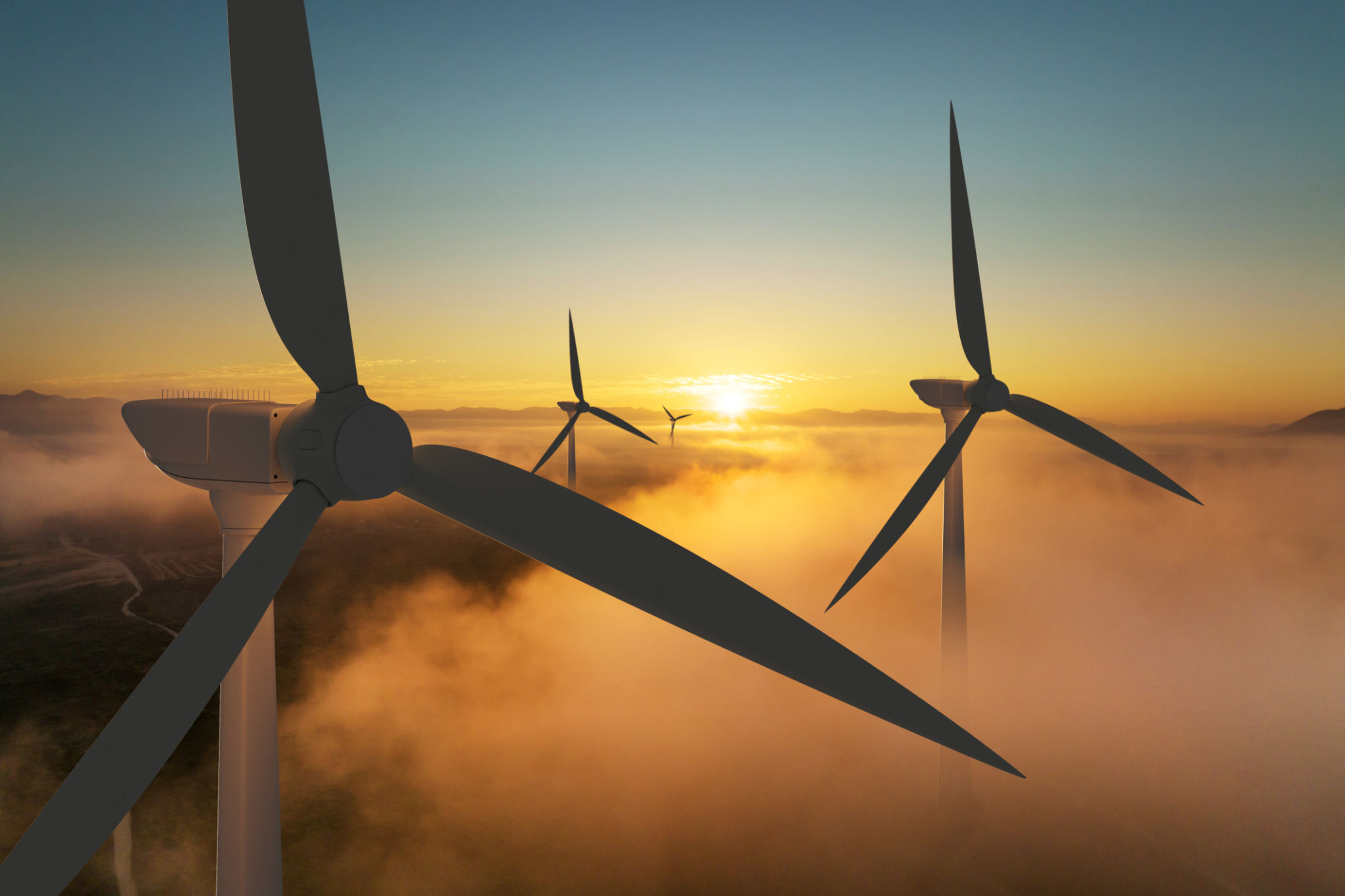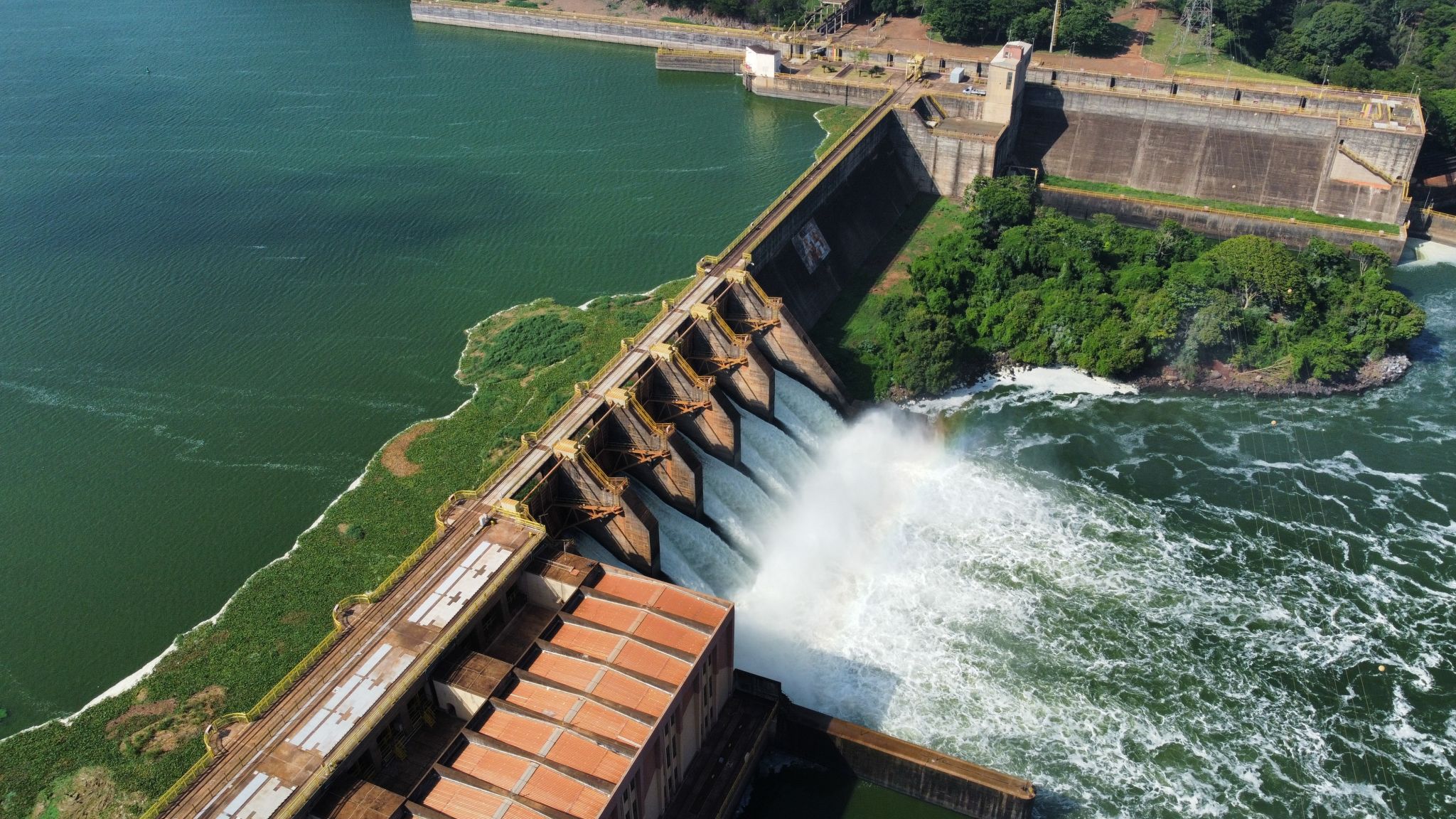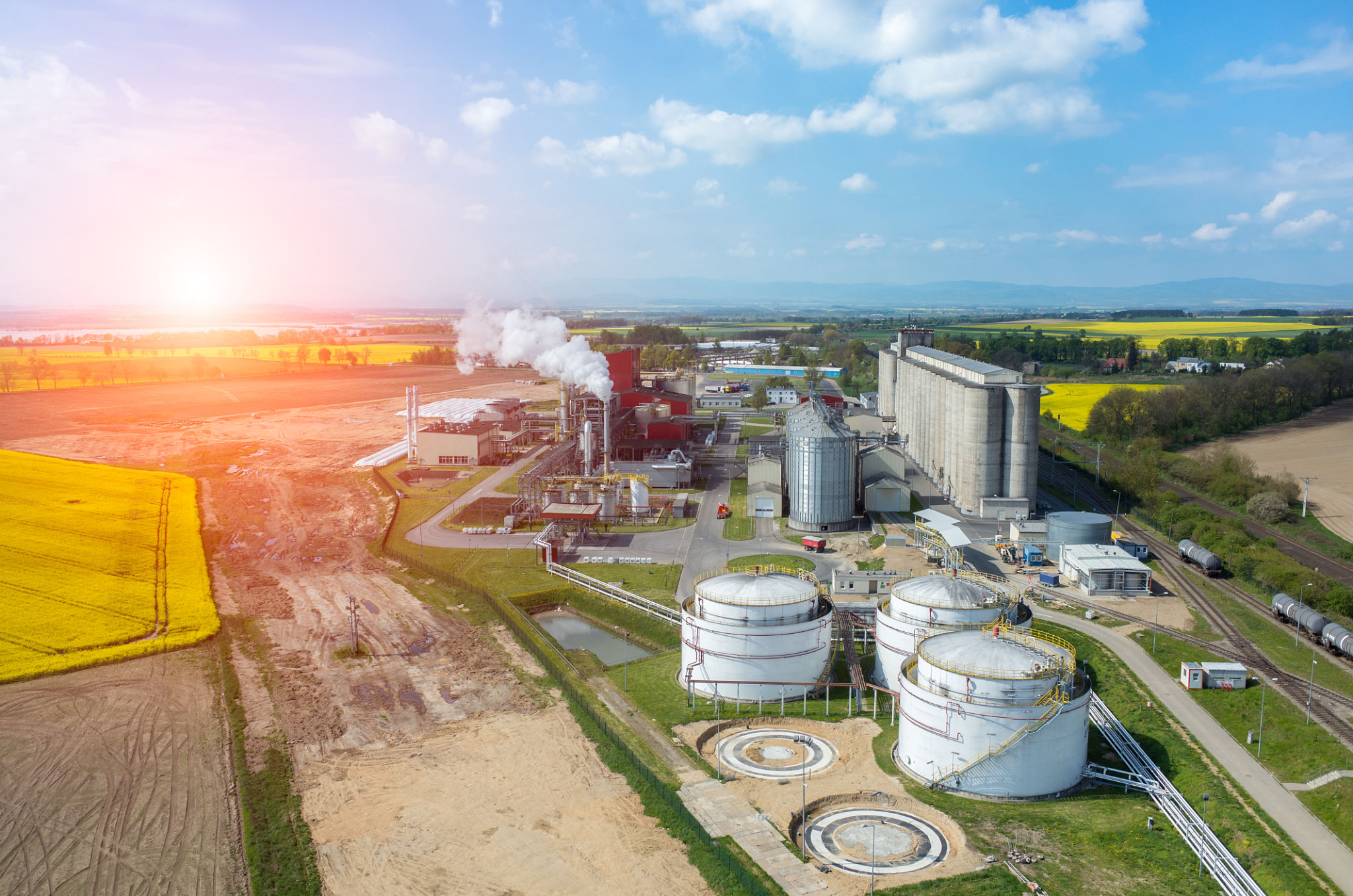A Guide to Renewable Energy Solutions in Greater London
Understanding Renewable Energy
Renewable energy is becoming an essential part of our lives as we seek more sustainable and environmentally friendly solutions. In Greater London, the push towards renewable energy solutions is not just a trend but a necessity. With the rising concerns about climate change and the need to reduce our carbon footprint, renewable energy offers a viable alternative to fossil fuels.
Renewable energy comes from natural sources that are constantly replenished. This includes solar, wind, hydroelectric, and biomass energy. These sources provide clean energy that can significantly reduce greenhouse gas emissions and help combat climate change.

Solar Energy Solutions
Solar energy is one of the most popular renewable energy solutions in Greater London. With advancements in technology, solar panels have become more efficient and affordable. They can be installed on rooftops to generate electricity or heat water for residential and commercial buildings.
Investing in solar energy not only reduces electricity bills but also contributes to a cleaner environment. The UK government offers incentives such as the Smart Export Guarantee (SEG), which pays individuals for excess electricity they generate and export back to the grid.

Wind Energy in Urban Areas
While wind farms are often associated with rural areas, there are innovative solutions for integrating wind energy into urban settings like Greater London. Urban wind turbines are designed to fit within city landscapes and can be installed on rooftops and other structures.
The benefits of wind energy include its low operational costs and the ability to generate power even in densely populated areas. Although initial setup costs can be high, the long-term savings and environmental benefits make it a worthwhile investment.

Hydroelectric Power: Harnessing Water
Although Greater London does not have large rivers suitable for traditional hydroelectric dams, small-scale hydroelectric solutions can be implemented in nearby areas. These systems harness the power of flowing water to generate electricity, making them a reliable source of renewable energy.
Micro-hydroelectric systems can be used in conjunction with other renewable sources, providing a continuous power supply and reducing reliance on fossil fuels. This combination ensures a stable energy supply while promoting sustainability.
The Role of Biomass Energy
Biomass energy involves using organic materials such as wood, agricultural residues, and even waste to produce electricity and heat. In Greater London, biomass can be an effective way to utilize waste products while generating clean energy.
Biomass energy systems are versatile and can be implemented at various scales, from large power plants to small residential setups. This flexibility makes biomass a valuable component of a comprehensive renewable energy strategy.

Conclusion: A Greener Future
As Greater London continues to grow, the need for sustainable energy solutions becomes increasingly critical. By embracing renewable energy sources like solar, wind, hydroelectric, and biomass, the city can reduce its carbon footprint and lead the way in environmental responsibility.
The transition to renewable energy requires investment and commitment from both individuals and businesses. However, the long-term benefits of reduced emissions, lower energy costs, and a healthier environment make this transition worthwhile. Together, we can create a greener future for Greater London.
